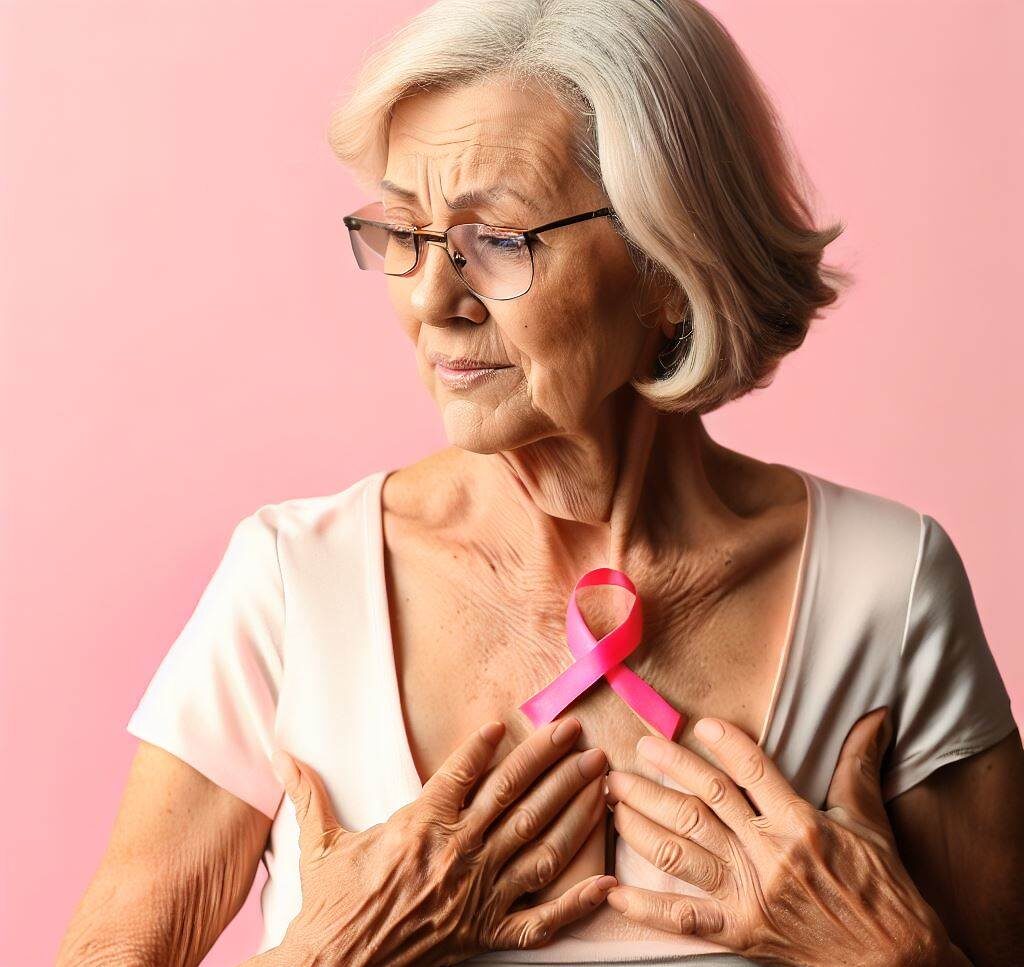Amidst the countless malignancies that afflict women across the globe, breast cancer stands out as a prevalent occurrence. Detecting breast cancer in its early stages greatly increases the chances of successful treatment and improved outcomes. Regular breast cancer checkups are essential for early detection, but the optimal timing for screenings can vary depending on various factors. In this article, we will discuss when individuals should consider going for breast cancer checkups, including recommended age ranges, risk factors, and the importance of self-examinations.
- General Guidelines: The guidelines for breast cancer checkups generally recommend regular screenings for women starting from the age of 40. However, it’s important to note that individual risk factors and personal medical history should also be considered when determining the appropriate timing for screenings.
- Age and Risk Factors: For women with an average risk of developing breast cancer, the American Cancer Society (ACS) suggests mammography screenings every two years between the ages of 40 and 44. From age 45 to 54, annual mammograms are recommended. After age 55, screenings can be continued annually or transition to every two years, based on individual preferences and discussions with healthcare providers.
- High-Risk Individuals: Women with certain risk factors, such as a family history of breast or ovarian cancer, known genetic mutations (BRCA1 and BRCA2), or prior history of breast abnormalities, may require earlier or more frequent screenings. In these cases, it’s important to consult with a healthcare professional to determine the most appropriate screening schedule.
- Self-Examinations: While mammograms are essential for early detection, self-examinations play a crucial role in breast health awareness. Starting in their 20s, women should become familiar with the normal look and feel of their breasts. Regular self-examinations help identify any changes, such as lumps, skin dimpling, or nipple abnormalities, which should be promptly reported to a healthcare provider for further evaluation.
- Clinical Examinations: Clinical breast examinations performed by healthcare professionals are recommended periodically, usually every one to three years, for women in their 20s and 30s. These examinations complement mammograms and self-examinations, providing an additional layer of detection and monitoring for any potential abnormalities.
- Shared Decision-Making: The decision to begin breast cancer checkups and the frequency of screenings should be made in consultation with a healthcare provider. Factors such as personal medical history, family history, and individual preferences should be considered when determining the most suitable screening schedule.
- Early Detection Importance: Early detection of breast cancer significantly increases treatment options and the likelihood of successful outcomes. Regular breast cancer checkups enable the identification of abnormalities at the earliest stages, often before symptoms manifest, allowing for timely intervention and improved chances of survival.

precautions for breast cancer
Breast cancer checkups are crucial for early detection and improved outcomes. While general guidelines recommend regular mammography screenings starting from the age of 40, it’s essential to consider individual risk factors, medical history, and healthcare provider recommendations. Self-examinations and clinical breast examinations further contribute to breast health awareness. Remember, early detection saves lives, so prioritize your breast health and consult with your healthcare provider to determine the most appropriate timing and frequency for your breast cancer checkups.




